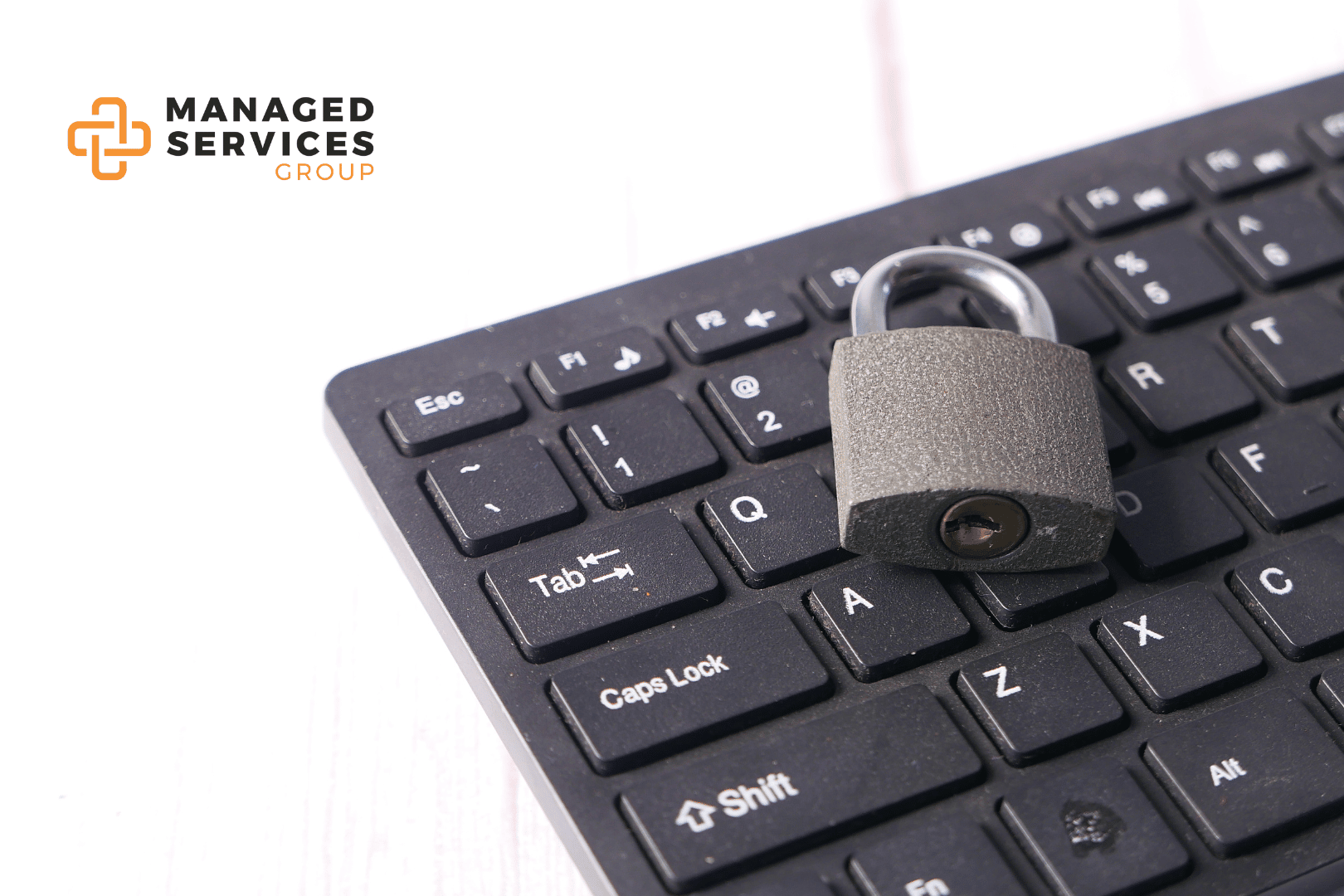SOC 2 is a voluntary compliance standard for service organizations. The American Institute of CPAs (AICPA) created this measure, indicating how organizations should oversee customer data. The SOC 2 standard applies the following regulations in Trust Services Criteria: security, confidentiality, availability, processing integrity, and privacy.
This auditing procedure ensures your service providers securely manage your data, which is in your organization’s best interest and protects clients’ privacy.
A SOC 2 report is tailored to your organization based on business practices and is unique to the company.
You can personalize the controls to adhere to one or more of the five principles of trust. These internal reports offer organizations and their regulators, business partners, and suppliers crucial information about how the company manages its data. There are two types of SOC 2 reports:
· Type I details the company’s systems and whether its design complies with the relevant trust principles.
· Type II looks at the operational efficiency of these systems.
Why is SOC 2 Compliance Important?
Compliance with SOC 2 shows that your organization takes information security very seriously. Strict compliance requirements tested on-site can assist with making sure sensitive information is appropriately handled.
Complying with SOC 2 provides:
· Improved information security practices – via SOC 2 guidelines, the organization can better defend itself against cyber attacks and prevent breaches.
· A competitive advantage – customers prefer to work with service providers that can prove they have solid information security practices, especially for IT and cloud services.
Who can Perform a SOC Audit?
Independent CPAs (Certified Public Accountants) or accounting firms are the only people who can perform a SOC 2 audit. These auditors can give a company certification. They’ll also look at how well an organization upholds one or more of the five trust principles based on its systems and processes.
AICPA has established professional standards that help guide SOC auditors on the job. In addition, anyone performing one must follow specific guidelines for audit planning, execution, and oversight. All AICPA audits must also submit for peer review.
CPA organizations can hire non-CPA professionals with pertinent information technology (IT) and security experience to prepare for SOC audits. Still, final reports must be performed and disclosed by the CPA.
Suppose the SOC audit conducted by the CPA is successful. In that case, the service organization can add the AICPA logo to demonstrate compliance on its website.
SOC 2 Security Criterion: a 4-Step Checklist
SOC 2 compliance is predominantly about security and is a general standard in all five Trust Service Criteria.
SOC 2 security principles keep organizations from using assets and information in ways they shouldn’t. To uphold these principles, organizations can utilize access controls to stop malicious attacks, unauthorized deletion, data misuse, unapproved alteration, or disclosing company information.
Below is a general SOC 2 compliance checklist that includes controls regarding safety standards:
· Access rules—logical or physical limitations on assets that keep access to them among only unauthorized personnel
· Alteration management—an overseen procedure for handling IT system changes that prevent unauthorized alterations
· System operations—mechanisms that monitor regular operations as well as detect and correct alterations from organizational processes
· Mitigating risk—organizational procedures that identify risks as well as respond to and manage them while overseeing any ensuing business
Remember that SOC 2 criteria are not there to tell an operation which methods to use or procedures to implement. It’s open to interpretation. Companies are responsible for choosing and deploying security measures that address the five principles.
SOC 2 Compliance Requirements: Other Criteria
Security addresses the foundation. However, suppose your organization is in the financial or banking industry or one where privacy and confidentiality are essential. In that case, higher compliance standards might apply.
Customers want to work with organizations that comply fully with all five SOC 2 principles. It demonstrates that you’re strongly committed to data security practices.
In addition to fundamental security principles, you can comply with other SOC 2 regulations by employing the following:
· Availability—ensure the customer only access your system by remaining within the agreed terms of use and service levels
· Processing integrity—if you provide financial or eCommerce transactions, your audit report includes administrative details that safeguard the transaction. For instance, encrypted transmissions. If you offer IT services, like hosting and data storage, detail your data integrity solutions and procedures.
· Confidentiality—Restrict how data can be shared. For instance, suppose you have certain procedures for processing personally identifiable information (PII) or protected health information (PHI). In that case, include this information in your audit document. The document should indicate data storage, transfer, and access methods and processes that adhere to privacy policies, including employee procedures.
· Privacy—indicate how you collect and use customer information. Your privacy policy must be consistent with your actual operating procedures. For instance, suppose you say that you warn customers whenever you’re collecting data. In that case, the audit document must detail those warnings on your website or other channels. At a minimum, personal data management must comply with the AICPA’s Privacy Management Framework (PMF).
Contact us at MSG to discuss how we can assist your business in enjoying the benefits of our cyber security service so that your organization’s sensitive data can remain protected and secure.
